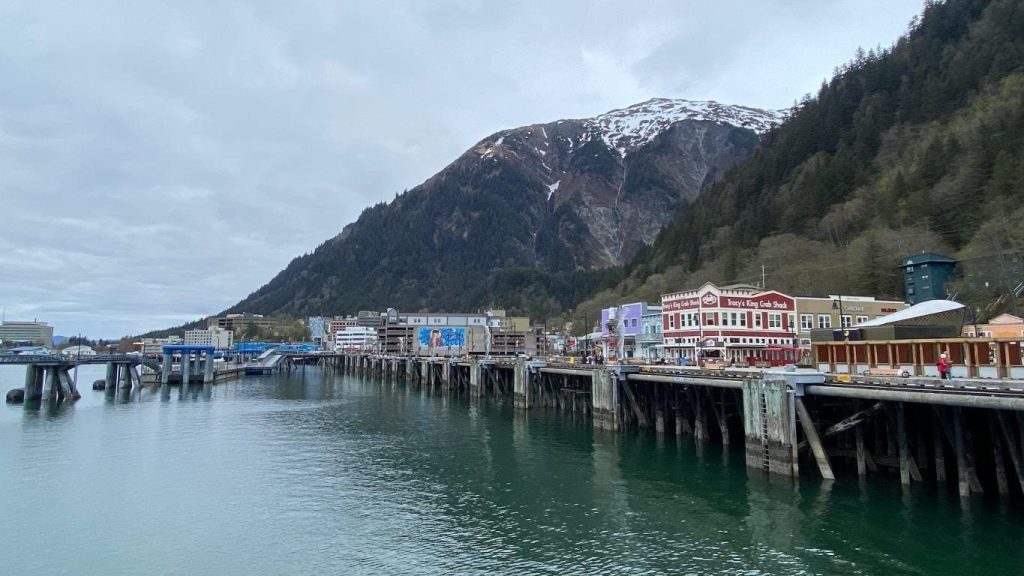Alaska’s unique approach to retirement benefits for public sector workers has left them at a disadvantage, lacking a defined benefit pension plan and with teachers not even participating in Social Security. This has led to a shortage of public workers in the state, particularly in essential services such as education and public safety. However, Alaska is now considering a return to pensions for its public workers in an effort to address this workforce crisis.
If Alaska were to move forward with a return to pensions, current employees would have to choose between a pension or savings plan that aligns with their goals and preferences. They would also have the option to use their current DC account savings to purchase past service credits in the pension plan. At the administrative level, the Alaska Retirement Management (ARM) Board would be responsible for crafting and implementing the new retirement benefit structure, drawing on insights from states like Wisconsin and South Dakota to ensure affordability and sustainability.
The experiences of the South Dakota Retirement System (SDRS) offer valuable lessons for Alaska’s potential return to pensions, particularly in terms of reviewing retirement plan returns and asset levels annually to determine the feasibility of benefit levels. Central to this transition would be aligning the interests of stakeholders, including employees, retirees, and taxpayers, to ensure the successful funding of the pension plan. By fostering a collaborative environment where incentives are well-aligned, Alaska can create a robust and resilient retirement system.
The proposed new retirement plan aims to strike a balance between placing all risks on employers, as was done in the past, and placing all the risk on workers, as is currently the case with DC retirement plans. The middle-ground approach would see employers, retirees, and employees sharing risks, supporting Alaska’s public workforce while also upholding fiscal responsibility. While it remains uncertain how quickly retention of workers might improve with the implementation of a pension plan, the fact that workers have been rallying for this option offers hope that the workforce and retirement challenges will begin to turn around.
Overall, a return to pensions in Alaska could have a significant impact on the state’s public workers, providing them with a more secure retirement benefit and potentially addressing the shortage of workers in key sectors. By carefully considering the experiences of other states and ensuring stakeholder alignment, Alaska has the opportunity to create a retirement system that is both sustainable and supports the needs of its workforce.













